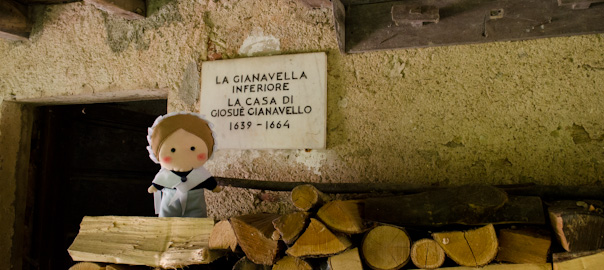Hi guys!
Today we are in a place once called “Liorato” which is very famous thanks to a legendary Waldensian hero: the person we’re going to talk about today is Giosuè Gianavello.
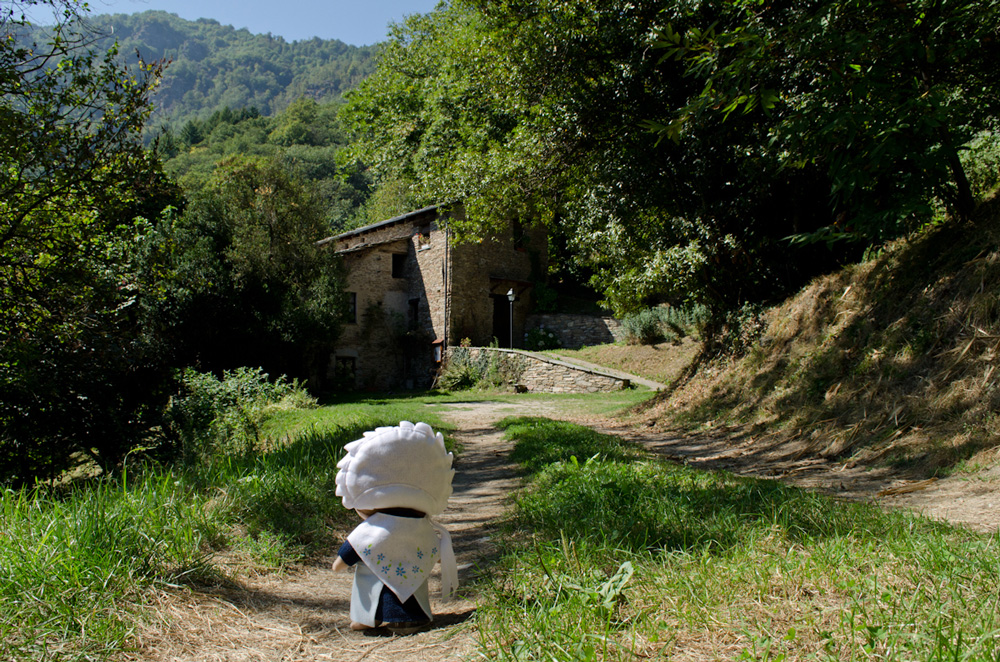
Giosuè Gianavello, whose real name was Giosuè Gignous, was born in 1617 into a Waldensian family that moved to Luserna from Bobbio Pellice. The branch of the Gignous family Giosuè came from was called “Janavel” or “Gianavello”, from the Occitan word “giavana”, which means “thick hair”, and by which the owl is meant.
Giosùè is known by the nickname “the Lion of Rorà” (Rorà is a small mountain village in Pellice Valley), thanks to the courage he showed in challenging Savoy troops in the years of religious persecutions.
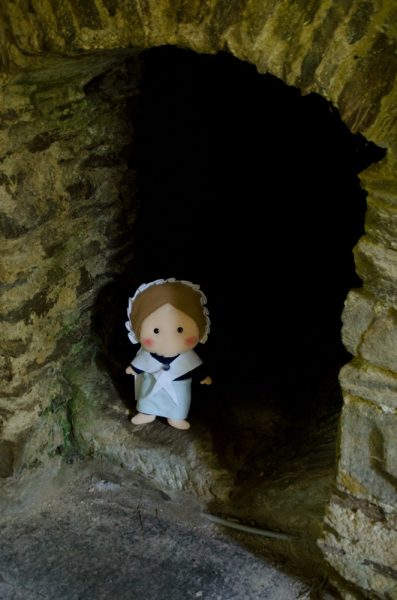
In 1600 Savoy ruled in Piedmont; they were Catholic, and in 1655 Duke Carlo Emanuele II started a military action to force Waldensians from the Valleys to change their religion.
The ones who would not agree were imprisoned or sentenced to death.
In the period known as “Piedmontese Easters” (April, 24th to 27th) Savoy troops arrived unexpectedly in the Valley, stealing, destroying everything and killing people.
In seeing this, the 38-year-old farmer Giosuè Gianavello, who used to live at the Liorato and who had no education nor military training, decided to take position against the enemies and, supported by few people at his side, he decided to challenge the Duke’s troops, helped by his knowledge of the mountain and of the woods around.
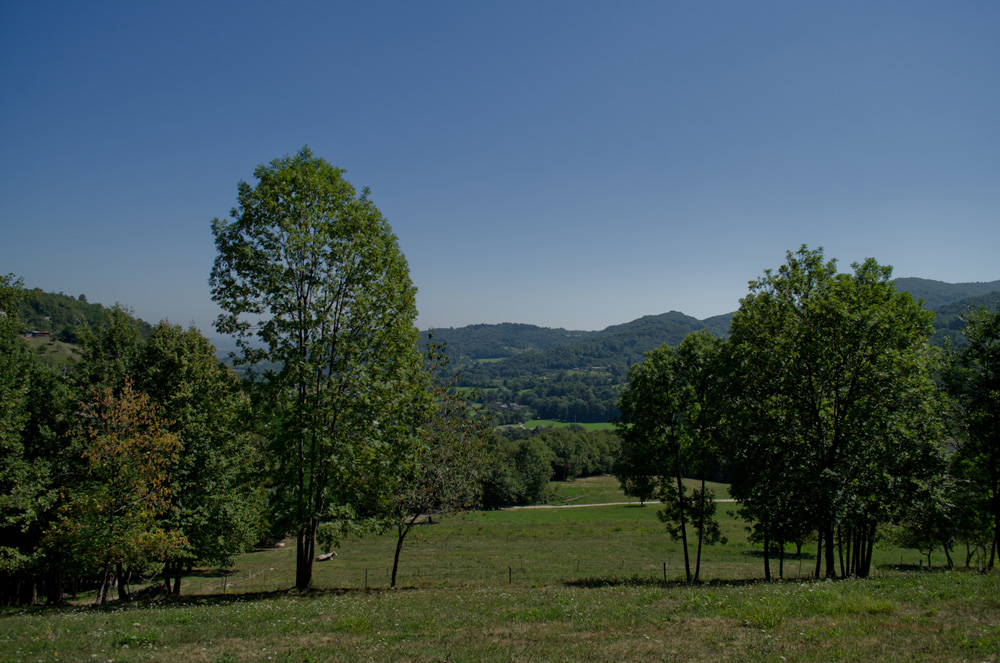
Inside the house (today called “Gianavella”) a hole in the wall was made; it is said that Giosùè himself made this hole, so that he could hide away from the enemies.
Due to the fact that he challenged the Duke’s power, Giosuè was banned, considered an outlaw and sentenced to death; that’s why still nowadays plots of land (which were, in part, dowry of Giosuè’s wife Caterina) surrounding the Liorato house where Giosuè and his mates were hiding are called “the Bandits’ Valley”.
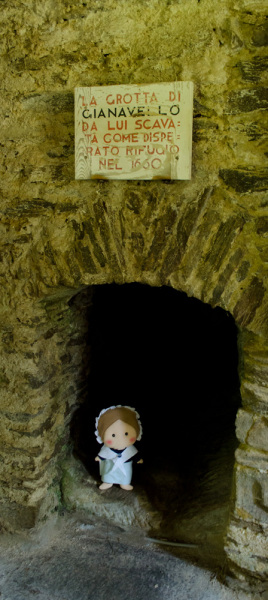
In 1664, finally, on request of Waldensians who wished to go back to their normal life, peace Conferences were agreed and conflicts came to an ed.
Unfortuntely Giosuè Gianavello did not get rid of the accuse of being an outlaw, and he was sentenced to exile: on February 19th, 1664, he and his mates left forever the Valleys and moved to Geneva (Switzerland).
He died for his old age on March, 5th, 1690, after writing the “Instructions” used by Waldensian exiles (that he hosted in Switzerland) to return to the Valleys years later.
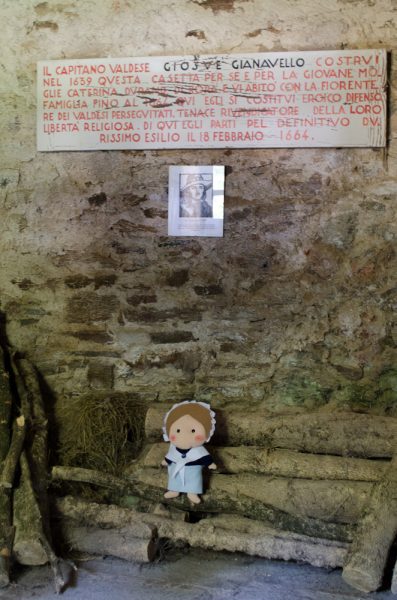
There are no pictures of him; we just have a deposition issued to the police by a man who saw him on August 16th, 1663: “Gianavello is a men of medium height, he is large rather than small, he has short curly hair with a black beard, and he is healthy. Everyone called him Captain Gianavello, and they were all very kind to him…”
How to get here:
reach the center of Luserna San Giovanni, in Pellice Valley. Starting from here, follow the traffic signs to Rorà and go straight on, passing beyond the Pellice stream and the hamlet of Luserna Alta. Immediately after, on your right, you’ll find a yellow sign showing the way yo the Gianavella: well, follow the sign and get to it.
Do you want to read the tale in Italian ?
